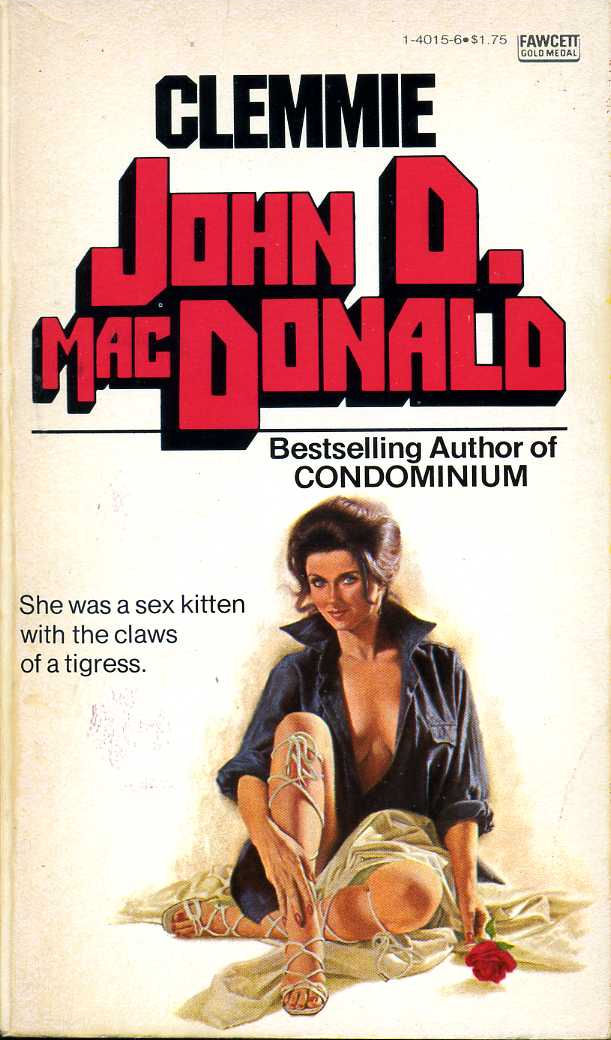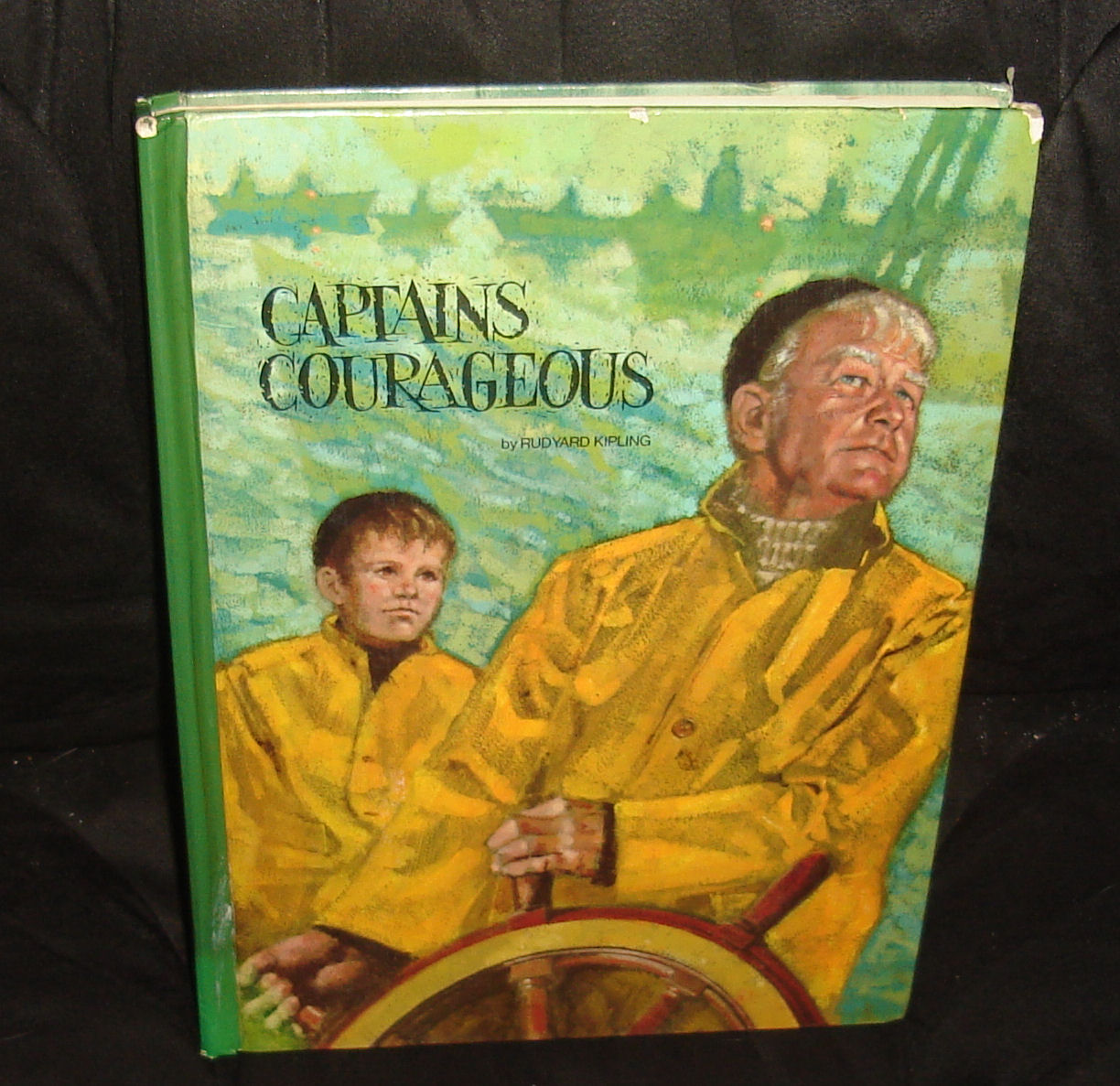This book is the first part of a two-part set that was a Book of the Month Club selection in 1956, if I read my Internet correctly (and that Internet is correct). Funny, hey, how our grandparents actually bought classical literature for mass consumption? Funny and sad.
This book includes Kim, The Jungle Books, Just-So Stories, and Puck of Pook’s Hill, each a whole book in its own right. However, I don’t get to count them as individual books in my annual reckoning because I count physical books. So I’m going to have to read The Green Mile to balance things out.
Kim is the story of a young orphan, the son of an Irish soldier and a native woman, who joins a Buddhist holy man as the holy man seeks a location from Buddhist myths. Along the way, Kim plays upon his relationship with a Muslim horse trader and an English intelligence man to become a player in The Great Game. Kim’s experience as a beggar in India and his familiarity with the peoples there serve him well as does his native intelligence until he can become an active spy. When he does, he helps to thwart some Russian surveyors coming to measure for the curtains they’ll put up when they rule the region. The book dovetails with what I’ve read recently in Flashman, Sharpe’s Tiger, and Sharpe’s Triumph. Kipling is very respective of the different cultures within India and makes the reader appreciate them, too.
The Jungle Books mirrors a bit Tarzan of the Apes and The Return of Tarzan with the whole child raised by animals motif, but in Mowgli’s case, it is wolves instead of apes. I cannot imagine how Disney turned this into a musical, but if they can take The Hunchback of Notre Dame and do it, they can do it to anything. The books follow similar story arcs as Mowgli learns some things and then defeats an enemy or an enemy of the wolf pack, including a razing of a human village. It’s interesting how the whole Avatar motif gets called a remake of Dances with Wolves and whatnot, but in The Jungle Books, a human gone natural/native sides with the animals against man, too. But Kipling presents the native village as savage and superstitious, not representative of the contemporary sensibilities of the civilized (Mowgli isn’t leveling London or anything). I guess that’s the main difference and why one can forgive Mowgli for it when one cannot forgive Cameron for it.
I’ll be honest; I skipped Just-So Stories because I read it in a stand alone volume in 2008.
Puck of Pook’s Hill is a neat little book about two children in England who meet Puck, the last of the People of the Hills, and he brings a couple of historic personages to tell them their stories and an ultimate lesson. A Norman knight from the era following the Battle of Hastings holds a manor with the help of the Anglo-Saxon former lord and the duo travel to Africa with Vikings; a Roman centurion guards Hadrian’s Wall against the Picts and Winged Helmets as the governor marches on Rome to unseat the emperor; and a Jewish moneylender thwarts King John’s source of funds, ensuring that the barons will make him sign the Great Charter. The main lesson of the book is that the Sword leads to Treasure which leads to Law. A secondary motif is that the present (the end of the 19th century) is so far more advanced than the past that the children are better educated than the knight (he can’t read and refers to a mystical needle, the compass, which the boy produces from his pocket). In the 19th century, the children are familiar with the lineage of the British monarchy that the succession following William the Conqueror is mentioned as though it should be common knowledge and whatnot. A sort of double-effect message comes to an American reader in the beginning of the 21st century, though. I’m familiar with the history of Britain enough to know a bit about Hadrian’s Wall and William Rufus’s unsuccessful reign, but that’s because I’m particularly well read. A hundred years ago, I would be on par with a schoolchild. So civilization, or at least its education, is receding. Finally, one cannot read the book without commenting on the final chapter with the Jewish moneylender, which speaks of a secret cabal of moneylenders who behind the scenes control the fate of kings and kingdoms with their pursestrings. You know what? It’s fiction. Now perhaps better than in Kipling’s day, we are equipped to recognize and dismiss the thing as a stereotype. However, we’re not trusted to do so. Another way civilization or its education are receding.
So that’s four Kipling novel in under a year and a half, and i’m going to read the next volume soon. I guess I’m going through my Kipling phase like I’ve gone through my Dickens phase and my Hardy phase. Still, these are easier to read because they’re children’s books, and I’ve already promised to read them to my children in a couple of years. I can’t wait.
Books mentioned in this review:




